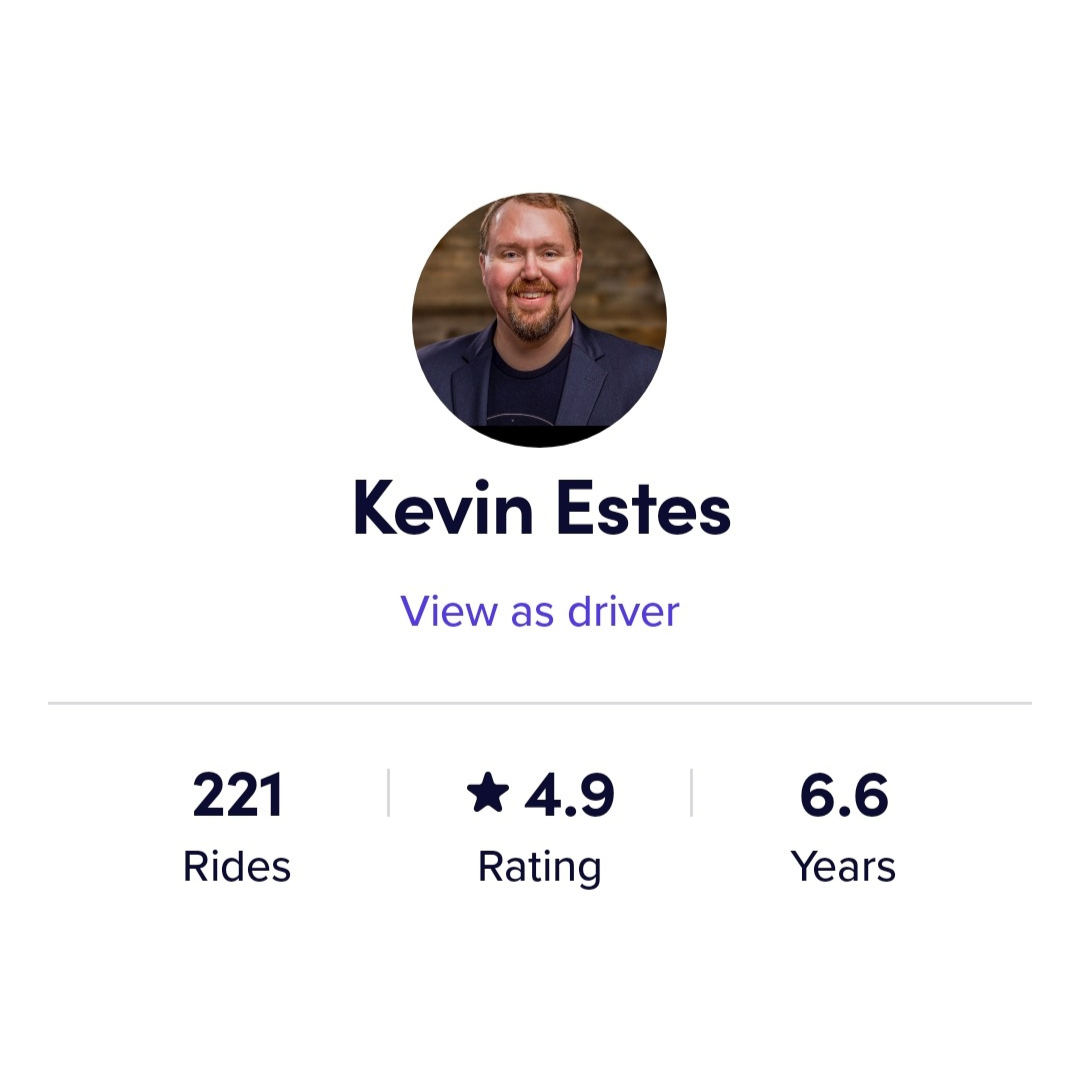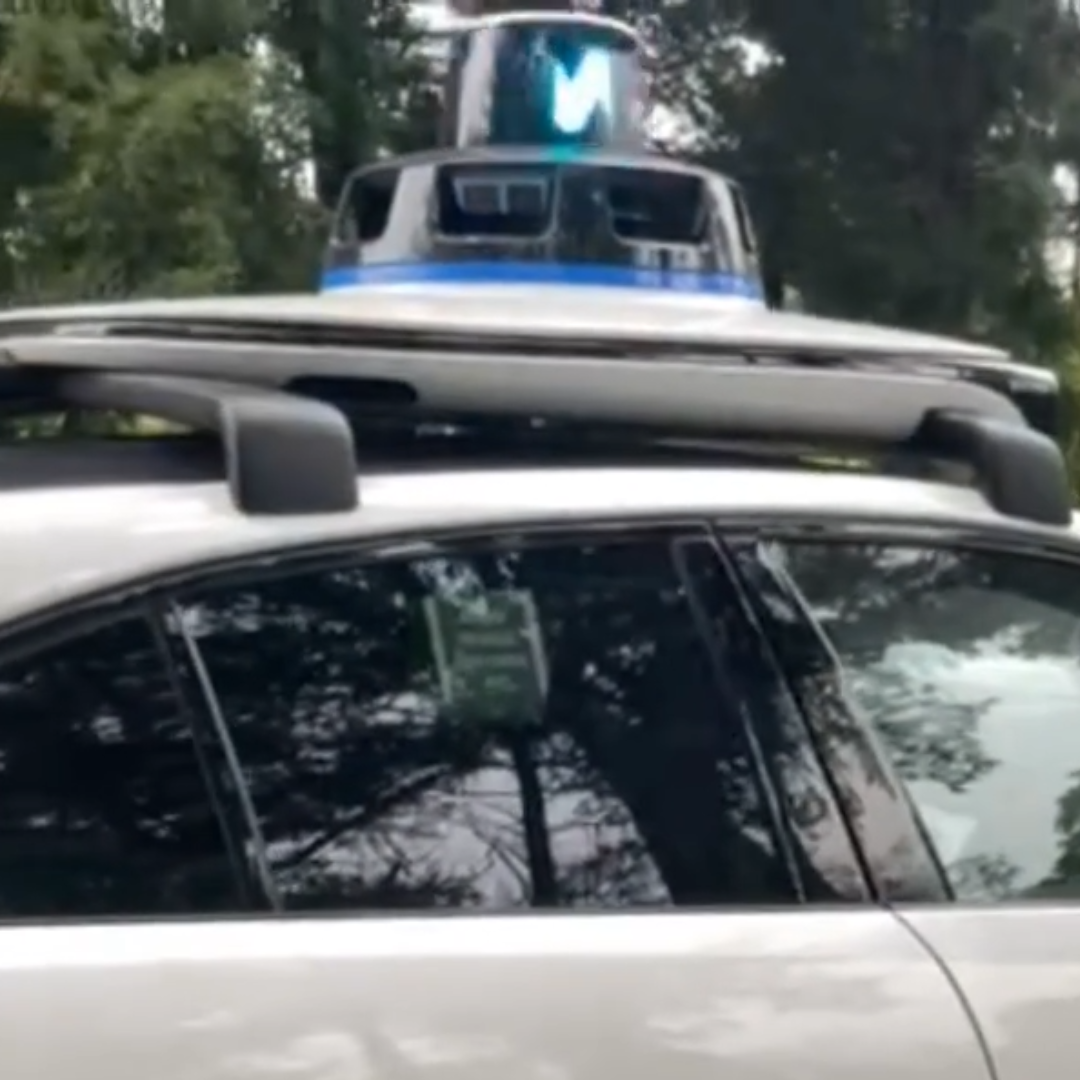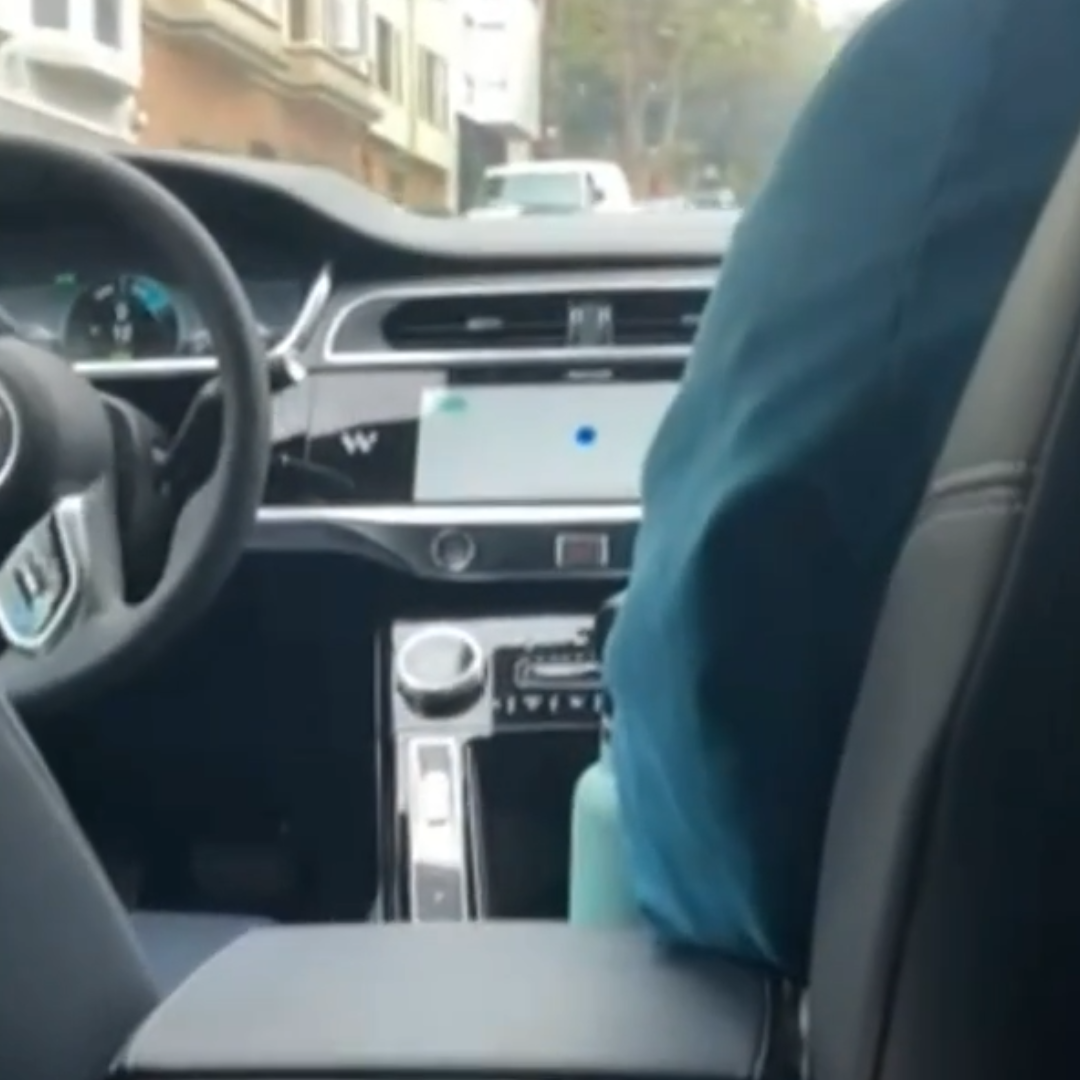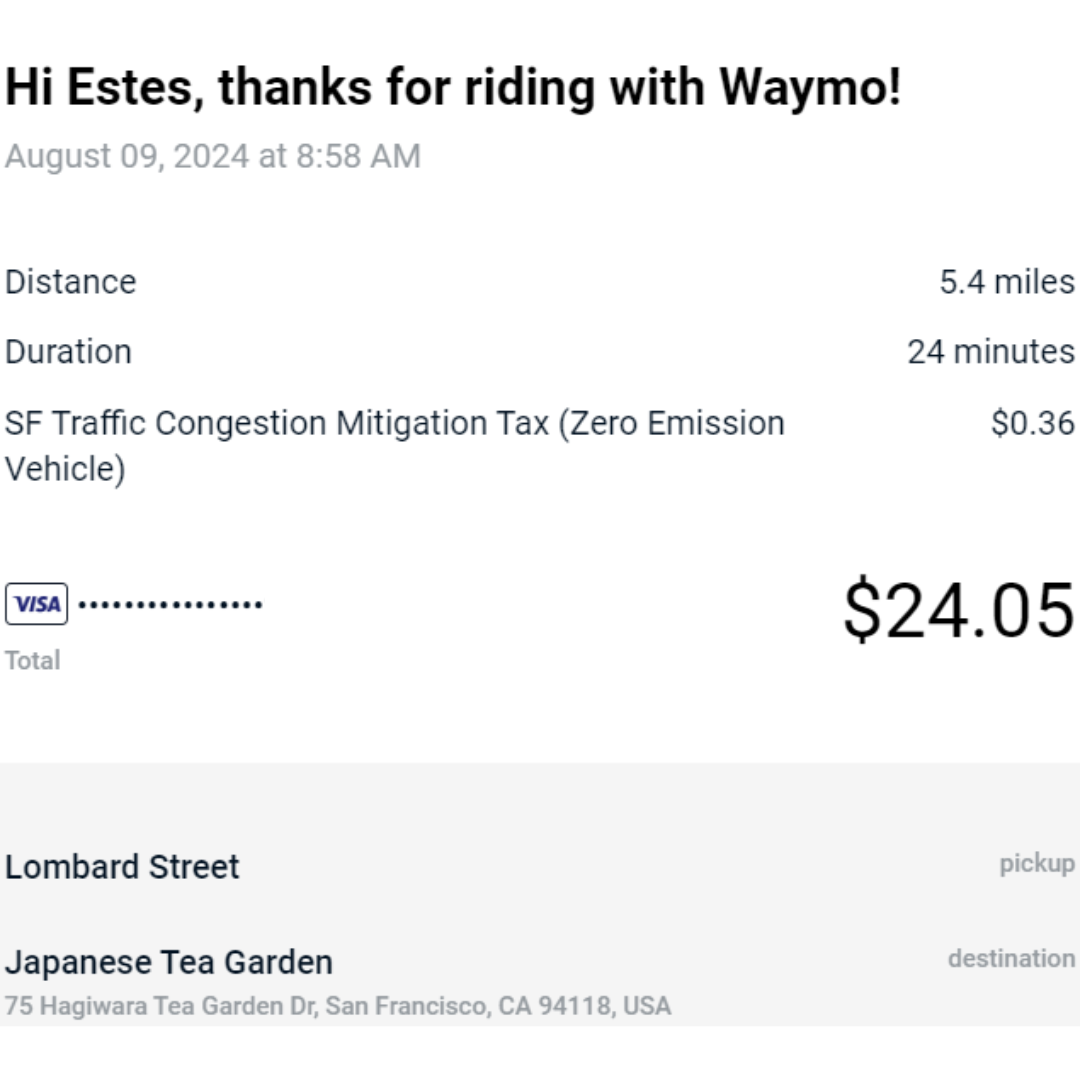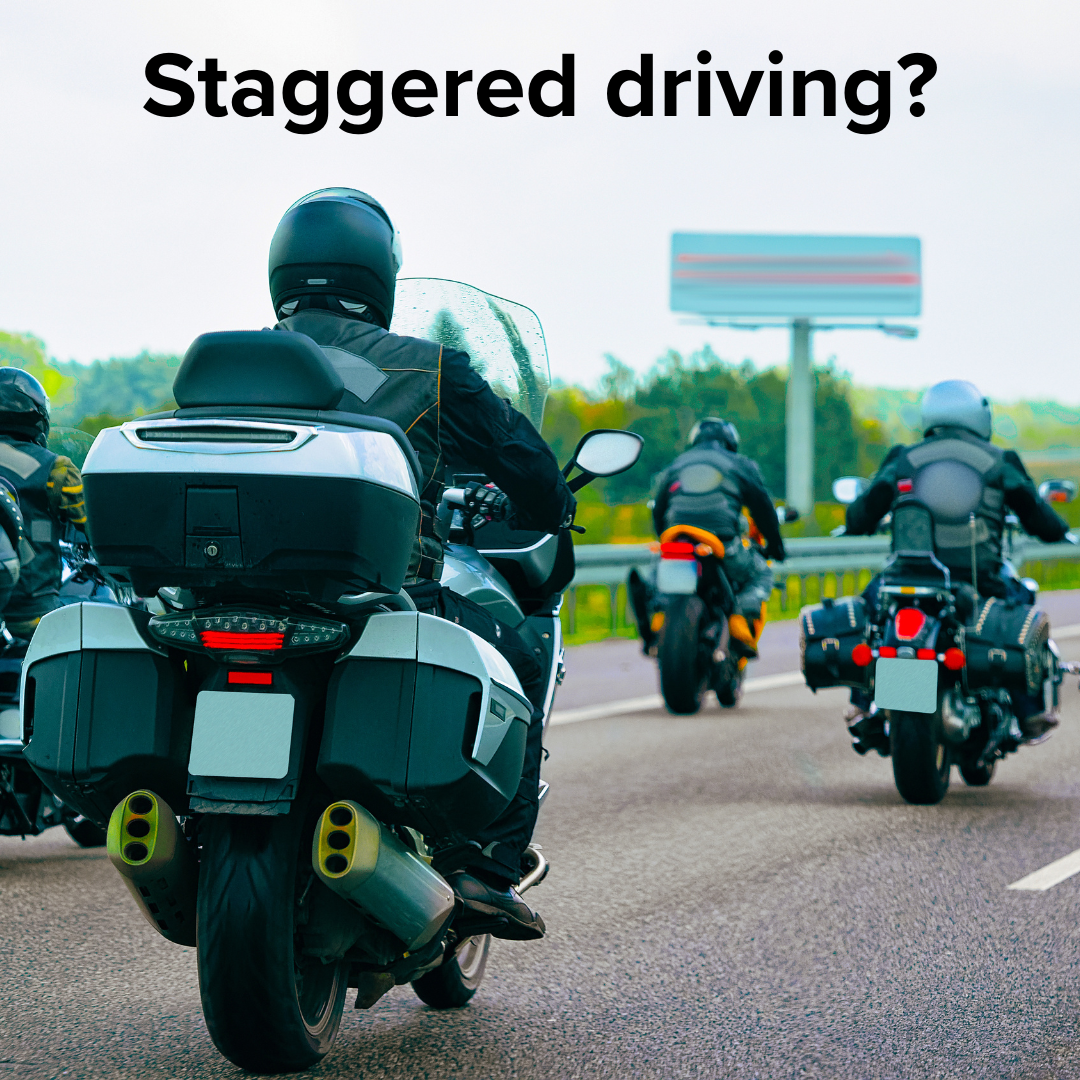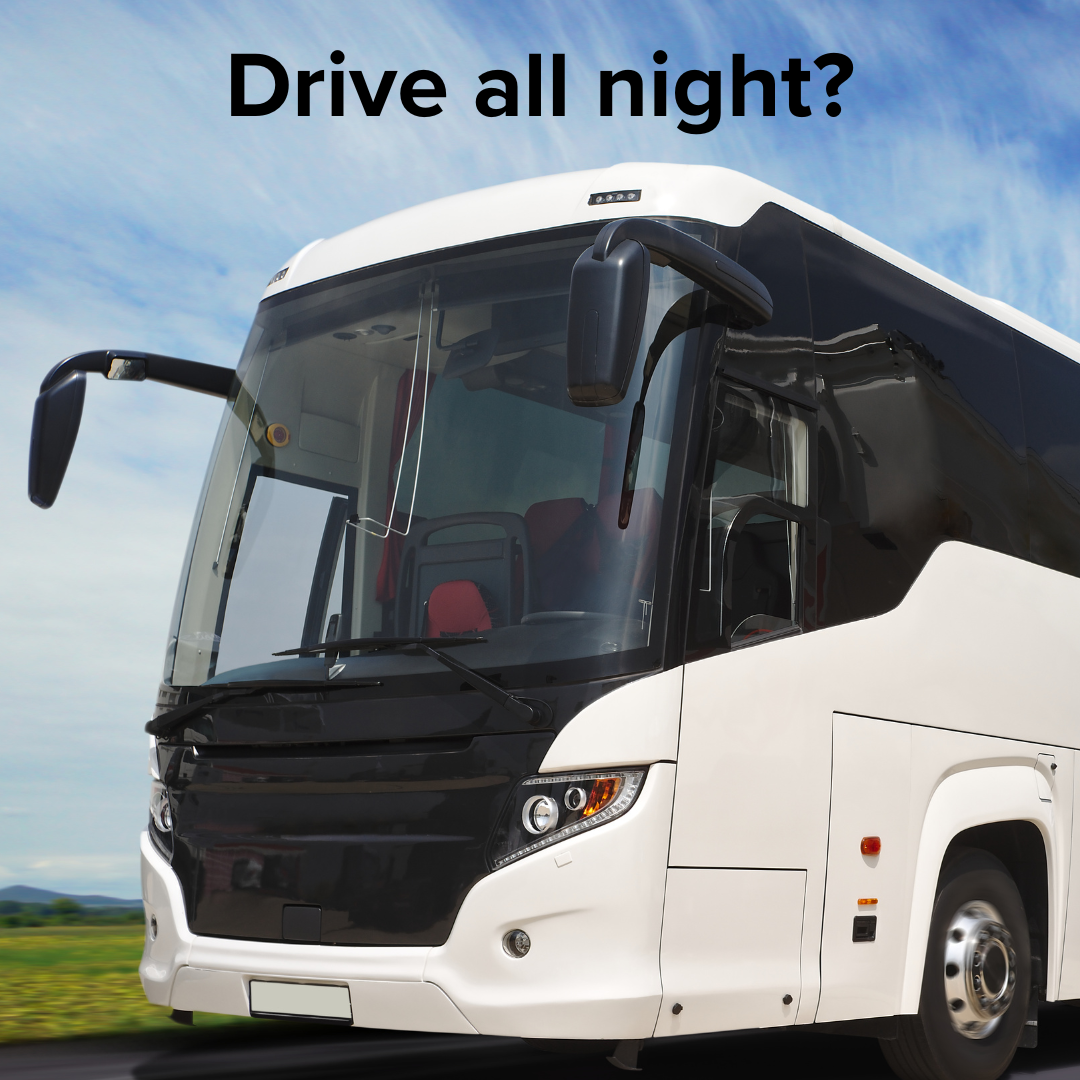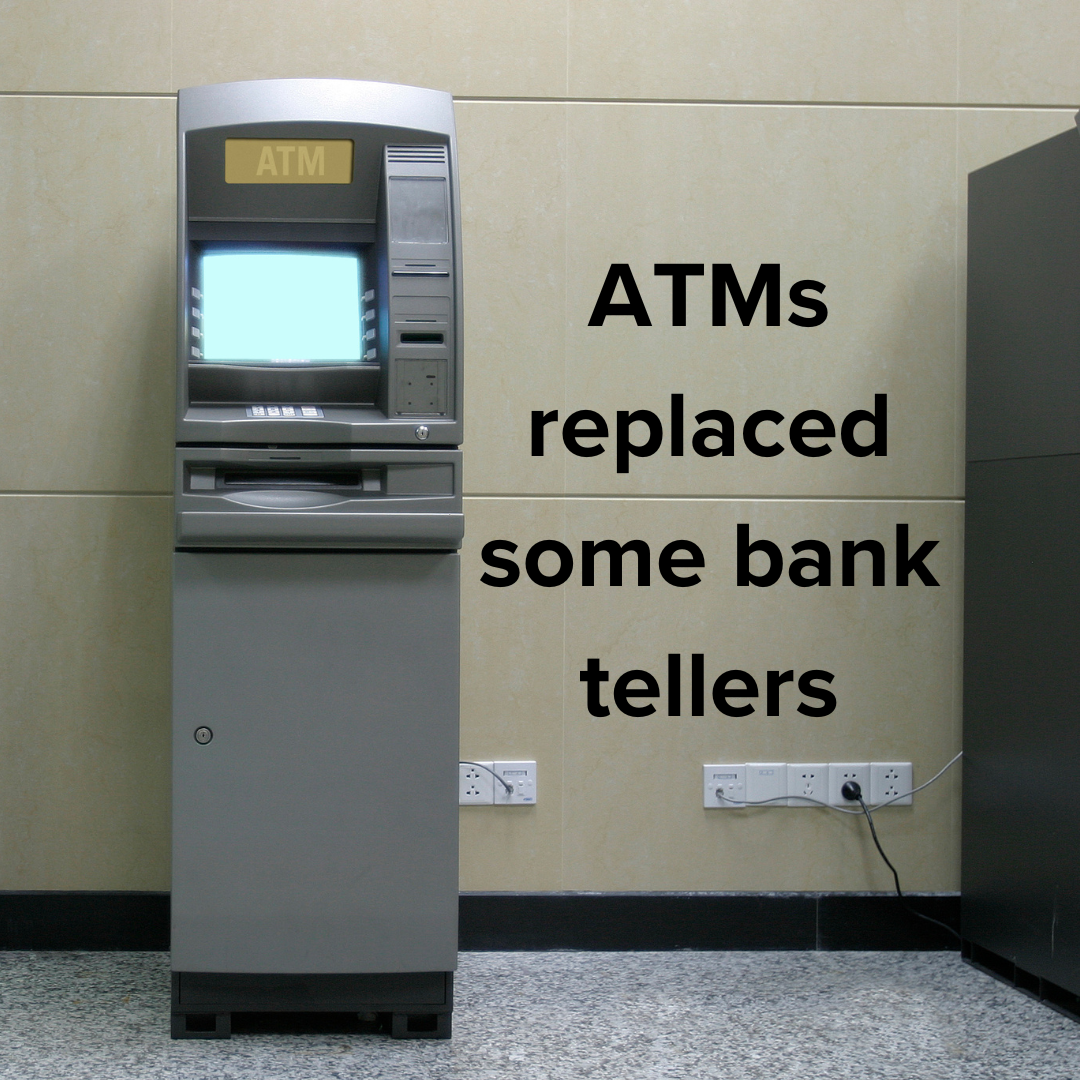We Rode in a Self-Driving Vehicle
Hello, I’m Kevin - a financial planner who helps tech professionals and their families live great lives.
Make yourself at home - we'll get to riding in a self-driving car in a moment.
But first - here are some links you may want to save for later.
Now, let's get on to the blog! 😀
Hundreds of Rides Shared
We’ve been a one-car family for years.
It’s been less expensive for me to call a ride whenver I need instead of having to pay for gas, maintenance, insurance, registration, parking, tires, depreciation…
Credit
Before the pandemic, T-Mobile had real parking challenges at the Bellevue headquarters.
To help free up parking spaces, the company offered a $10 credit for a ride sharing service to or from the office. Because I lived nearby, the discount often covered the cost of the ride!
I’ve taken hundreds of Lyft and Uber rides. With Lyft alone, I’ve taken 221 rides over the course of nearly seven years.
My cost? Less than $2,000 total.
Convenient
I shop both Lyft and Uber when I need a ride. If they’re a similar wait, I choose whichever’s cheapest. After all - many drivers work for both.
It’s like having a private chauffeur! The rides are off the charts convenient. I can check email, plan my day, listen to a podcast…
It also gives me a chance to check out the service:
What do I like?
What might I change?
Meet Drivers
Above all, I get to connect with drivers. I love our conversations! I almost always leave with a new perspective.
People often share their backgrounds. They often talk about their passsions - family, hobbies, careers, and more. I learn so much!
Family Vacation
Our family recently vacationed in California. We camped in Yosemite for a few days before heading to San Francisco.
We stayed near Fisherman’s Wharf in the city, so we had little need to drive. However, we wanted to visit the Japanese Tea Garden.
At breakfast away from our hotel, we learned the garden had free admission if we arrived by 10am. We didn’t have time to finish breakfast, head back to the hotel, get our car, and drive to the park.
We’d seen self-driving cars several times during our stay and were intrigued. The company was Waymo (pronounced “way-mo”). Our daughter was especially intrigued.
A hotel worker mentioned he’d ridden one. However, it was the day companies were impacted by the CrowdStrike outage. After his mom’s coaxing, he didn’t take a Waymo for the return trip!
Signup and Pickup
I was curious how much it cost. If it was a similar price, we might try it.
Signup
I downloaded the Waymo One app during breakfast.
The cost to go from Lombard Street to the Japanese Tea Garden was $24.05. It was about $8 more than a Lyft/Uber.
We decided the experience was worth the risk and cost.
Wait
We found a spot with plenty of room and called the Waymo.
The wait was a bit longer than expected and probably longer than a ride-share would have been. However, there aren’t as many Waymo vehicles!
Appearance
We saw the vehicle coming toward us from down the street and confirmed the license plate. It was a white SUV with a blue light and moving pieces on top.
As is often the case, this new technology made me think of old technology. The top reminded me of an old police car light. It also had a rotating element that looked like a rapidly moving slide show.
There appeared to be cameras on each of the four corners. The front windshield and side windows were tinted. The back windows were especially dark.
Unlock
The SUV drove in front of where we were standing on the curb. As it pulled up, I wondered how I’d know whether the car was unlocked.
However, the designers had thought of that! The Waymo One app required me to unlock the car with the app.
That makes sense! It wouldn’t want someone else to jump into the car and get a free ride on my dime. I chuckled that it made me think of train hopping hobos I’d seen in old black and white movies.
When I clicked “Unlock Doors” on the app, the handles extended.
Ride
The three of us climbed into our seats.
None of us sat in the driver’s seat. However, I took the front passenger seat just in case.
Interior
It was a clean Jaguar SUV with a black leather interior and display monitors in both the front and back.
Intro
The Waymo App had me to confirm we were ready to go. Good! I wouldn’t want to leave anyone or anything behind. The ride logistics could have been tougher with luggage.
I confirmed and the vehicle started to drive.
An introduction and safety video played. Not touching the steering wheel or pedals seemed reasonable. Doing so might break the driving mechanisms!
I was thankful no-one had to sit in the driver’s seat. Fortunately, we’re a family of three.
It also made sense we were being filmed. Safety is probably the company’s biggest concern. However, messes or outright destruction could occur without supervision.
I began to wonder:
How often is the interior cleaned?
Does Waymo need to inspect the vehicle often?
How frequently is it recharged?
I also wondered whether the company was recording for real-time reactions.
The video mentioned the microphone wasn’t on unless we called customer service, so we could sing as loudly as we wanted. That’s nice.
We had options. At the very least, we could change the music and temperature. I didn’t dare adjust my seat.
Start
The self-driving car signaled left and drove into the street. It struck me as ironic that The Love Bug was filmed in San Francisco.
The Waymo took us to the bottom of the winding section of Lombard Street. A tourist gawked at us. I raised my hands as if to say “Look! No hands!”
I don’t think she saw me.
In Transit
The vehicle handled the hill well. However, it was odd to see the steering wheel move without someone there!
I felt it in my stomach. However, my wife - who often gets motion sickness when riding in the back of a car - felt fine.
The Waymo did great with traffic. Stops, starts, and turns were smooth.
Lane changes were careful… perhaps too careful. The vehicle used its blinkers early and often. Once, it signaled and didn’t change lanes!
Extra Care
When a pedestrian was entering a car from the road in front of us, the Waymo slowed. It couldn’t tell the person had their back to us and was ducking into the car.
Nonetheless, I was glad. I’d rather an abundance of caution.
A similar situation occurred on a three-lane road. A police vehicle was pulled over on the right ahead with its lights flashing. The vehicle moved to the far left lane despite the traffic.
Almost Human
The Waymo didn’t drive like a robot. It drove like a person!
In fact, it drove like some of the best drivers I’ve had.
If I were tasked with programming autonomous driving, I’d study the highest rated ride-share drivers. Waymo seems to have trained its model on good human drivers.
The vehicle handled conflicting “rules” well. When the pedestrian was too close, it slowed down and slid into another lane. Although not strictly legal, it’s what a human would do.
Another distinctly human move was when it turned right onto a three-lane road and needed to turn left soon. There were no cars in the vicinity so it pulled into the middle lane instead of the far right lane.
It felt anything but robotic.
Different Drive
Nonetheless, it wasn’t a regular ride. It obeyed the speed limit at all times. However, it went as soon as traffic lights turned green.
Self-driving could change traffic patterns:
Human delays - and aggressive horn blasts - may be limited
Traffic might drive the speed limit more often as self-driving vehicles serve as pace cars
Fewer vehicles looking for places to park might reduce overall congestion…
Finish
The vehicle pulled up to a sensible spot by the Japanese Tea Garden.
We climbed out and reversed the entry process:
I confirmed we’d completed our ride,
the door handles retracted, and
the Waymo drove away.
We liked the experience and rated it five stars.
Ride Back
After visiting the garden, we took a traditional ride-share back to our hotel for comparison. It was great in different ways!
The driver was originally from Afghanistan and shared part of his incredible life story. He even drove us down the windy section of Lombard Street filled with (other) tourists.
However, he also took us on the higway, exceeded the speed limit, and changed lanes quickly. Our Gen-Z daughter felt safer in the Waymo.
Design
Improvements in self-driving technology could allow auto manufacturers to overhaul vehicle design.
Remove the Wheel and Pedals
Autonomous driving has been bolted onto a human driving design. The driver’s seat restricts passenger seating. The steering wheel and pedals might be removed.
Multi-passenger vehicles could be laid out more like living rooms. Imagine having a family dinner and then playing a board game on the way back from a ski resort!
Commuters
There’s a lot of wasted space in a standard passenger vehicle. Eliminating the driver could allow more dramatic changes.
A commuter needs something like a desk: somewhere to work comfortably, set up a laptop, and have phone conversations as the vehicle works its way through traffic.
Smaller vehicles could solve this need. While four wheels would be helpful for stability, the vehicle might not be much bigger than a motorcycle.
Smaller vehicles would be more fuel efficient, improve parking, and greatly improve traffic. Staggered driving like with motorcycles could become the norm.
Applications
It’s hard not to get excited about this technology!
Theme Parks
The Waymo trip felt like an amusement park ride.
Given how much people walk at theme parks, it’s a bit surprising the technology wasn’t invented and tested there on a smaller scale first.
Amusement parks will probably develop pedestrian-friendly vehicles to improve the guest experience. They could even charge a premium!
Airports
The technology could then spread to airports. Autonomous vehicles might replace the people movers and golf carts.
Golf Courses
Actual golf carts could come next.
Unlike on roadways or in airports, the focus would be on following golf balls. Of course, it’d still be helpful to dodge vehicle and foot traffic!
Gone would be the need for “stay on path” signs. Vehicles would stay well away from greens. Fewer carts might wind up in the water.
Child Transportation
The biggest societal impact could be transporting children.
Many families struggle to get kids where they need to go! Parents often have to leave the workforce to shuttle children around.
Yes, there are school and city buses. However, school bus routes are often long and city buses aren’t always the best environment for minors.
The rise of alternative education has made transit all the more challenging. Many students under 18 attend a private school, choice school, or community college. They may not have bus options.
Before and after school is an even bigger issue. Martial arts, club sports, and city-wide orchestras all but require an adult chauffeur.
Teens struggle to get to work and where they volunteer. Parents often have to drive them until the teen gets their driver license. Once they’re licensed, the family may not have the means to buy another car.
The biggest issue with teen ride-sharing isn’t the technology - it’s the drivers! It takes a lot of trust (or vetting) to let a stranger drive your kid around a city.
Self-driving vehicles could help millions of parents return to work.
Road Trips
Long ride-share trips are currently expensive because they require a human to drive there and back.
Self-driving vehicles don’t.
Also, a network of self-driving cars could largely eliminate the need for a vehicle to drive back! Vehicles could drive to another city and then continue to give rides there. Costs could plummet.
Package Delivery
Driverless delivery trucks could also become a reality. The biggest challenge may be getting people to pick up packages from the truck!
As an intermediate step, a delivery person could reallocate time from driving to getting packages ready. They could have the package in hand when the vehicle stops, deliver it, and return to the vehicle.
Long-Haul Trucking
Semi-trucks also have human limitations.
A team of drivers is paid a premium because they can drive around the clock. Self-driving vehicles could expedite delivery.
They could also drive late at night and early in the morning when most people sleep. That setup could reduce traffic - especially in cities.
Tour Buses
Sightseeing tours are a bit like long-haul trucking.
Self-driving buses could drive all night and stop once they reach an important destination. The same technology could drive band tours.
Moving
Combining self-driving trucks and pods might simplify moving.
Imagine if someone only needed to order a pod with an app, fill it up, and then tell it where to go. A self-driving truck would do the rest!
Laundry
We currently have to:
load laundry into a washer
move it from the washer to the dryer and
fold it once it’s dry.
Laundry is especially time-consuming for a family.
It would seem more efficient to:
put dirty laundry in a tracked bag
load it onto a self-driving laundry vehicle
have the vehicle take it to a laundry facility
deliver it to a human who uses many machines to wash, dry, and fold the laundry
load the clean clothes back onto the laundry vehicle
have the vehicle drive it back to the owner’s home, and
notify the owner to pick up their clean and folded laundry.
Emergency Vehicles
Imagine if emergency vehicles could drive themselves.
First responders might spend their time in transit researching the situation and preparing equipment. Other first responders already in the area may be able to assist.
Regular self-driving vehicles could pull over before humans hear the sirens or see the lights. Those autonomous vehicles might also signal to drivers an emergency vehicle is approaching to further clear the way.
Human Impact
These changes might have a massize impact on jobs.
Bank teller positions were eliminated as ATMs spread. Drivers could be forced to find other work. More human touchpoints may be lost.
However, people adapt and grow. Drivers might transition to even more rewarding and fulfilling roles.
Purchase
When we told my mom the self-driving vehicle story, she asked:
Would you buy one?
My answer is a resounding YES - even with the current design limitations! I’d even pay more.
The technology seems good enough to get me and my family around town safely. It’d free up a ton of our time and be quite the novelty.
The biggest challenge may be how to insure it.
Like Investing
These transportation advancements follow a trend which has already happened in investing.
1. Stock Picking
Initially, stock brokers recommended investments and executed trades. The primary function of a broker/dealer was to facilitate trades. It took work to match buyers and sellers.
The process was manual - like driving a car.
2. Mutual Funds
Improvements in technology led to the development of mutual funds. Investment managers marketed a bundle of investements. Of course, it still took time to research and buy what went into the funds. Investors benefitted from diversification without having to vet each component.
The process saved a lot of time for investors and some time for investment managers - like taking a ride-share.
3. Index Funds
The next technological wave led to index funds. Now, investments can simply follow an index. Fund managers essentially automated how much of each investment to own.
Index funds offer similar time savings as mutual funds for investors and nearly eliminate the effort of fund managers - similar to riding a self-driving vehicle.
How it Changed
Each step took a leap of faith by investors. They first outsourced investment selection to a mutual fund manger. Then they delegated those decisions to an index. Each step reduced manual effort and, therefore, cost.
However, investors and riders have options!
Investors choose what to own based on their situation, goals, and preferences.
Riders start with where they are, choose where they want to go, and schedule the ride.
Soon, neither may take much human intervention.
Hey, thanks for reading my post on riding in a self-driving vehicle.
Just a reminder, I share a lot of resources that can help you.
Disclaimer
In addition to the usual disclaimers, neither this post nor these images include any financial, tax, or legal advice.



